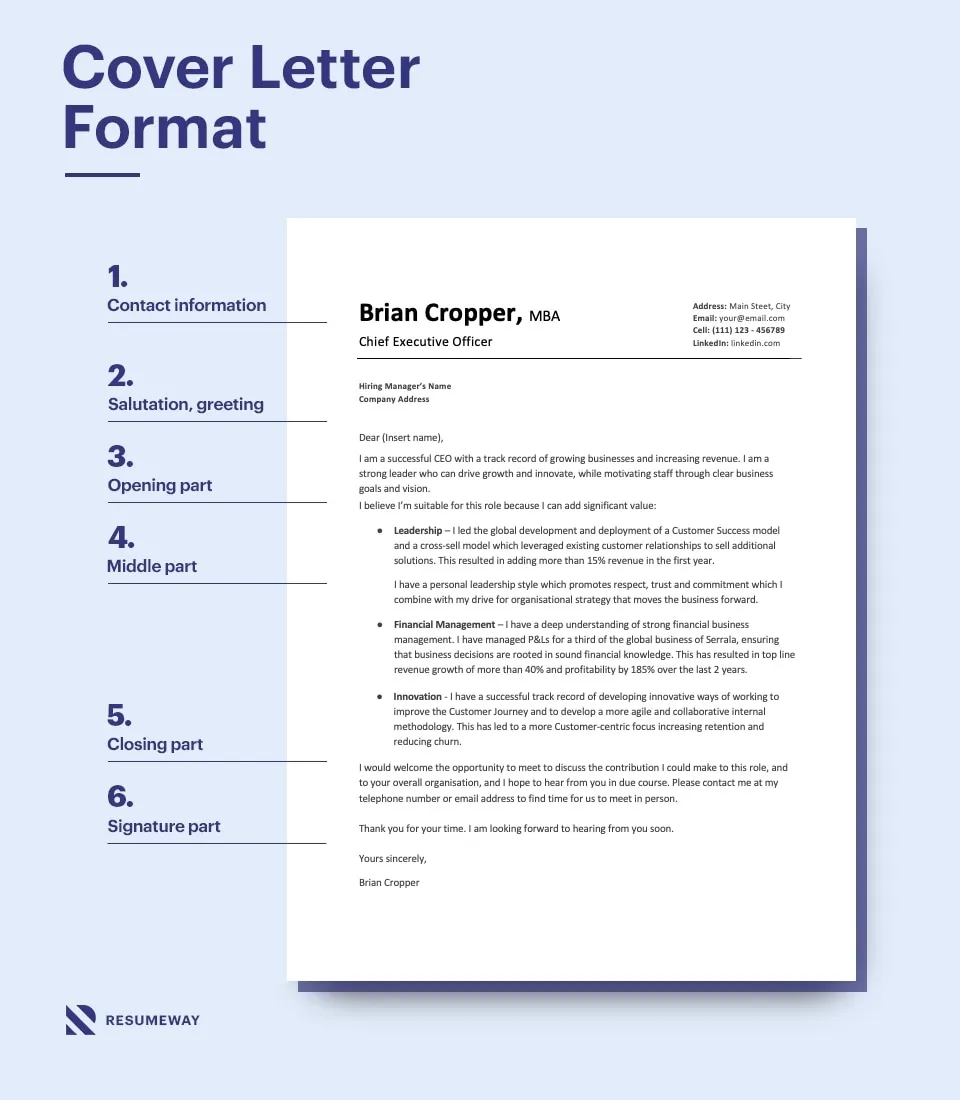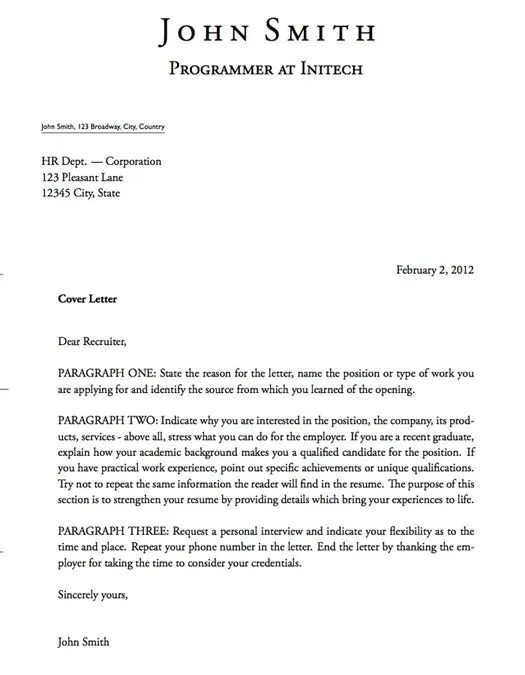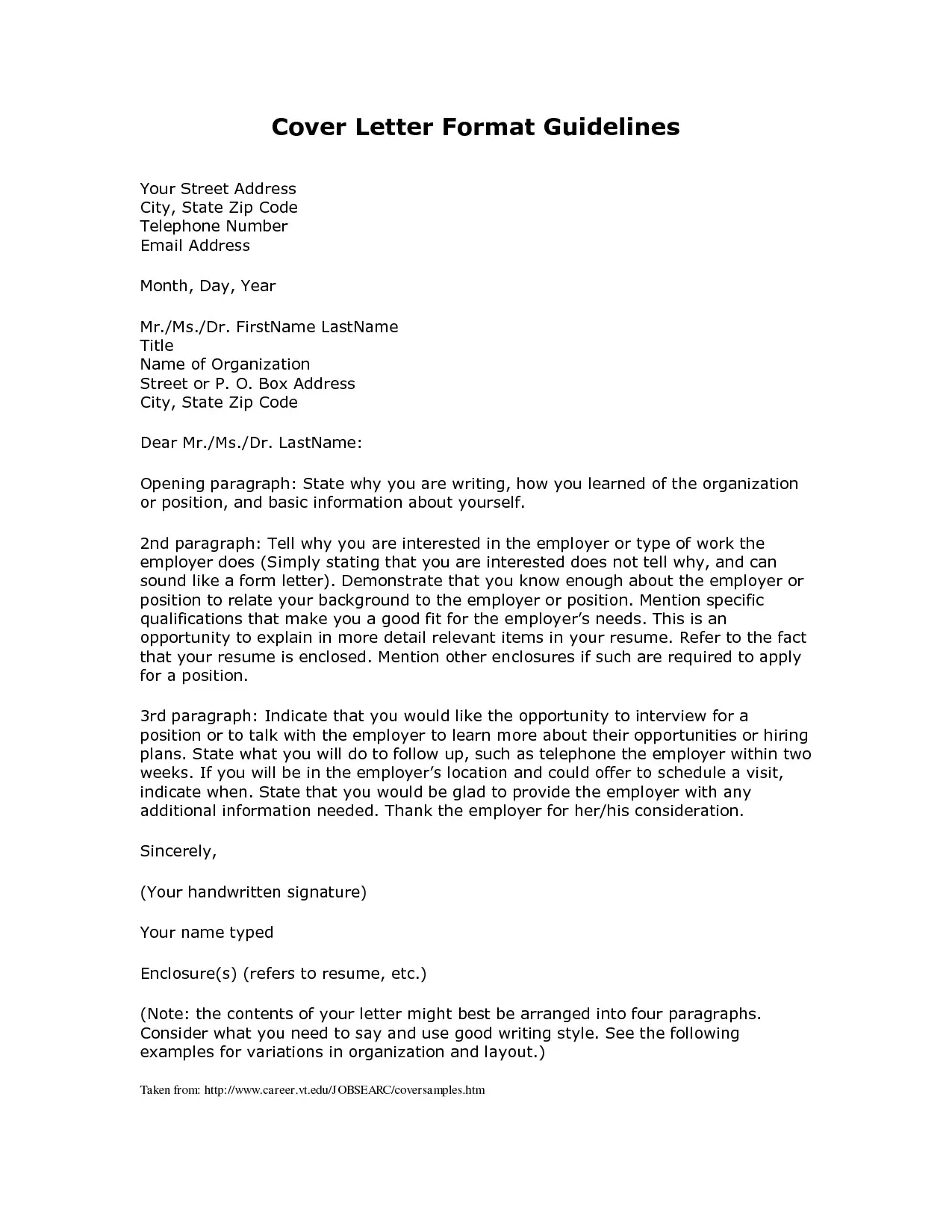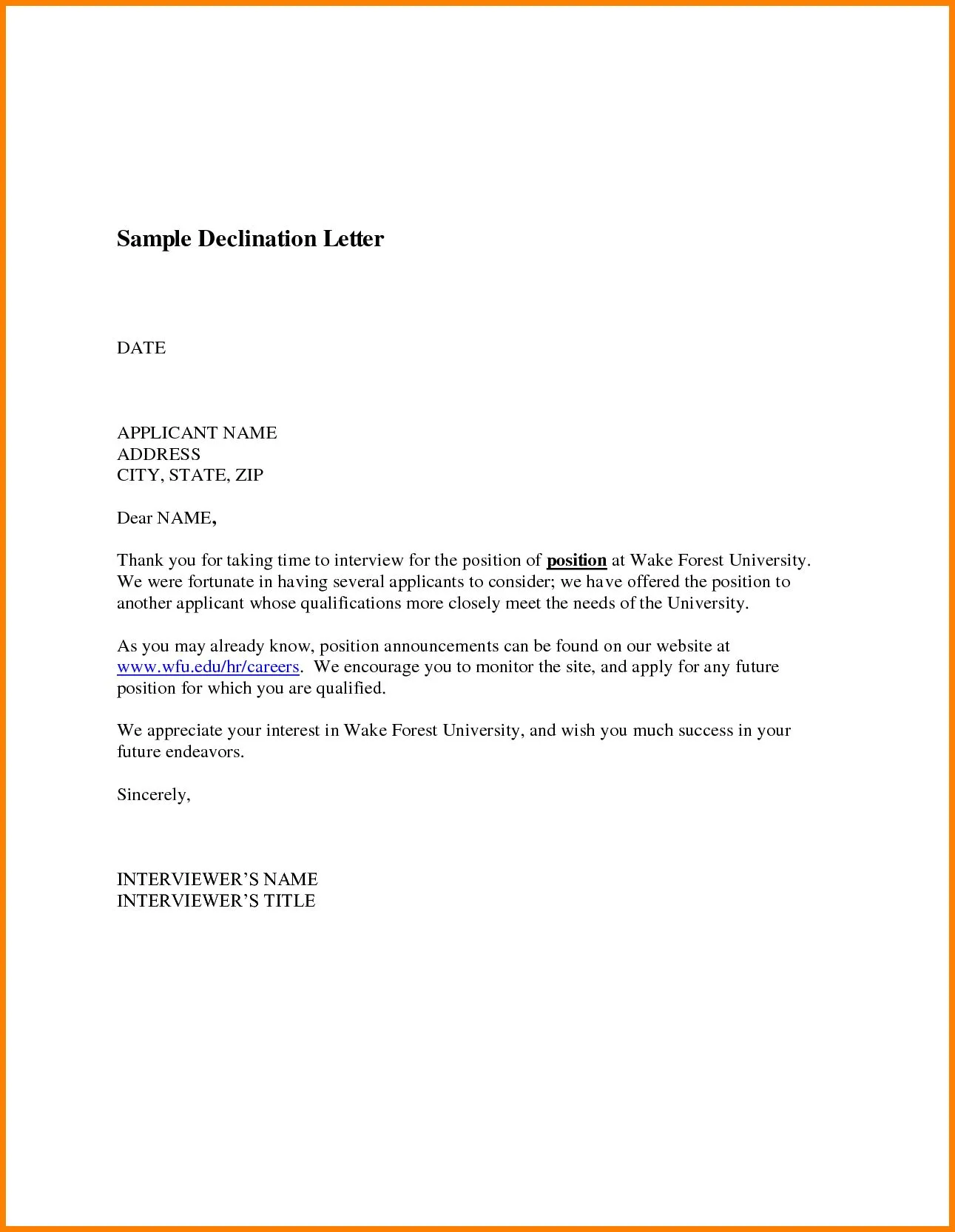Navigating the job market can be daunting, and one of the essential tools in your arsenal is a well-crafted cover letter. But what exactly is a cover letter, and why is it so crucial? This guide dives deep into the meaning of a cover letter, breaking down its components, purpose, and how to write one that grabs attention. Understanding the nuances of a cover letter can significantly increase your chances of landing an interview and ultimately, your dream job. Let’s explore the ins and outs of this vital document and equip you with the knowledge you need to succeed. The cover letter is more than just a formality; it’s your first impression, your chance to shine, and a key to unlocking your career potential.
What is a Cover Letter? The Basics
At its core, a cover letter is a document that accompanies your resume when you apply for a job. It serves as an introduction, a personal statement, and a way to highlight why you are the perfect fit for the position. Unlike a resume, which provides a factual summary of your skills and experience, a cover letter allows you to elaborate, connect with the hiring manager, and express your enthusiasm for the role. It’s your opportunity to tell a story, showcasing your personality and demonstrating how your qualifications align with the company’s needs. A well-written cover letter can set you apart from other applicants and significantly increase your chances of securing an interview. Think of it as your personal sales pitch, designed to persuade the reader that you are worth their time and consideration.
Definition of a Cover Letter
A cover letter is a formal document sent along with your resume to provide additional information about your skills and experience. It’s a concise, one-page document that expands on the information in your resume, showcasing your personality, enthusiasm, and relevant qualifications in a way that the resume cannot. The cover letter is tailored to the specific job you are applying for, demonstrating your understanding of the role and your fit within the company culture. It serves as an opportunity to make a strong first impression and convince the hiring manager that you are a candidate worth interviewing.
Purpose of a Cover Letter

The primary purpose of a cover letter is to introduce you to a potential employer and to highlight your qualifications in a way that a resume cannot. It allows you to explain why you are interested in the specific job and the company, and to demonstrate how your skills and experience align with the job requirements. A cover letter also gives you the chance to showcase your personality, writing skills, and communication abilities. It’s an opportunity to personalize your application, showing the hiring manager that you have taken the time to understand the role and the company’s needs. In essence, the cover letter aims to persuade the employer to read your resume and consider you for an interview.
Key Components of a Cover Letter
A well-structured cover letter typically includes several key components that work together to present a compelling case for your candidacy. Each element plays a crucial role in conveying your message effectively and making a positive impression on the hiring manager. From the initial contact information to the closing statement, every section should be carefully crafted to highlight your skills, experience, and enthusiasm. Paying attention to these key components ensures that your cover letter is professional, engaging, and tailored to the specific job and company.
Contact Information
At the top of your cover letter, include your contact information: your name, address, phone number, and email address. Also, include the date and the recipient’s information: the hiring manager’s name (if known), their title, the company name, and the company’s address. This ensures that the hiring manager can easily reach you and knows where the letter is directed. Make sure your contact information is accurate and professional. Double-check all details before sending to avoid any issues.
Greeting

Start your cover letter with a professional greeting. If you know the hiring manager’s name, use it: “Dear Mr./Ms./Mx. [Last Name].” If you do not know the hiring manager’s name, use a general greeting such as “Dear Hiring Manager” or “Dear [Department Name] Team.” Avoid generic greetings like “To Whom It May Concern.” Personalizing the greeting, when possible, demonstrates that you have researched the company and are genuinely interested in the position. It sets a positive tone for the rest of the letter and shows attention to detail.
Body Paragraphs
The body paragraphs are where you elaborate on your skills, experience, and qualifications. Start with an engaging introduction that states the position you are applying for and how you learned about it. In the following paragraphs, highlight relevant skills and experiences that align with the job description. Use specific examples to demonstrate your achievements and quantify your accomplishments whenever possible. Explain why you are interested in the company and the role, and how you can contribute to their success. Tailor each paragraph to the specific job requirements, showing that you understand the company’s needs and have the skills to meet them.
Closing
End your cover letter with a strong closing paragraph. Reiterate your interest in the position and express your enthusiasm for the opportunity. Thank the hiring manager for their time and consideration. Include a call to action, such as requesting an interview or mentioning that you look forward to hearing from them soon. Use a professional closing, such as “Sincerely” or “Best regards,” followed by your typed name. Ensure that your closing reflects your enthusiasm and professionalism, leaving a lasting positive impression.
Cover Letter vs Resume

While both cover letters and resumes are essential parts of a job application, they serve different purposes and present information in distinct ways. Understanding the differences between the two is crucial for crafting effective applications. The resume provides a concise overview of your skills, experience, and education, while the cover letter allows you to expand on this information and demonstrate your personality and enthusiasm. Both documents work together to showcase your qualifications, but they each have unique roles in the job application process.
Differences and Similarities
The primary difference is in their focus and format. A resume is a factual, bullet-point-driven document that presents a chronological or functional overview of your work history, skills, and education. It is designed to be quickly scanned. A cover letter is a narrative document that allows you to tell a story, explain your interest in the role, and highlight why you are a good fit for the company. The similarities are that both documents aim to showcase your qualifications and are tailored to the job you are applying for. Both should be free of errors and reflect your professionalism.
When to Use Each
Always submit a resume when applying for a job, as it is the standard document that employers expect. A cover letter is typically required or highly recommended. Always include a cover letter unless the job posting specifically states not to. Use your cover letter to personalize your application, explain career gaps, or address any specific concerns the employer might have. In cases where you are networking or sending an unsolicited application, a cover letter is even more crucial to introduce yourself and your qualifications.
Writing a Compelling Cover Letter

Writing a compelling cover letter requires careful planning and attention to detail. It’s more than just listing your skills; it’s about telling a story that connects your qualifications with the employer’s needs. By researching the company, tailoring your letter to the specific job, and highlighting relevant skills, you can significantly increase your chances of getting noticed. A well-written cover letter demonstrates your professionalism, enthusiasm, and commitment to the role, making you stand out from the competition.
Researching the Company
Before you start writing, research the company. Understand their mission, values, and recent achievements. This shows the hiring manager that you have taken the time to learn about their organization and are genuinely interested in joining their team. Visit their website, read their press releases, and check their social media profiles. Use this information to tailor your cover letter, demonstrating how your skills and experiences align with the company’s goals and values. Mention specific projects or initiatives that resonate with you. This level of detail shows you’re not just sending a generic application.
Tailoring Your Letter
Customize your cover letter for each job application. Avoid using a generic template. Carefully review the job description and identify the key requirements and keywords. Adjust your letter to emphasize the skills and experiences that align with these requirements. Show, don’t just tell, by providing specific examples of how you have demonstrated these skills in the past. Tailoring your letter demonstrates your attention to detail and your understanding of the specific role and company. This personalization increases the likelihood of capturing the hiring manager’s attention.
Highlighting Relevant Skills

Focus on the skills and experiences that are most relevant to the job you are applying for. Identify the key skills mentioned in the job description and provide specific examples of how you have used those skills in previous roles. Use action verbs to describe your accomplishments. Quantify your achievements whenever possible; for example, instead of saying ‘Managed projects,’ say ‘Managed projects, resulting in a 15% increase in efficiency.’ Highlighting relevant skills and providing concrete examples demonstrates your ability to perform the job and adds credibility to your application.
Cover Letter Mistakes to Avoid
Avoiding common cover letter mistakes is crucial for making a positive impression. Errors, regardless of their nature, can diminish your credibility and reduce your chances of landing an interview. By paying attention to detail and carefully reviewing your letter, you can ensure that your application reflects your professionalism and attention to detail. It’s essential to be aware of these pitfalls and take steps to prevent them.
Grammatical Errors
Grammatical errors and typos can undermine your credibility. Always proofread your cover letter carefully before submitting it. Use a grammar checker and consider having a friend or colleague review your letter as well. Correct grammar and spelling demonstrate your professionalism and attention to detail. Errors can lead the hiring manager to believe you are careless or lack the necessary skills for the role. Take the time to ensure your writing is polished and error-free.
Generic Content

Avoid using generic, one-size-fits-all content. Tailor your cover letter to the specific job and company. Generic letters show a lack of interest and effort. Demonstrate that you understand the role and the company’s needs. Show that you have researched the company and are genuinely interested in the position. Personalize your letter by mentioning specific projects, values, or initiatives that resonate with you. This makes your application stand out and shows you’re not just sending a mass email.
Length Issues
Keep your cover letter concise. Aim for one page, unless specifically instructed otherwise. Hiring managers are busy and don’t have time to read lengthy documents. Focus on the most relevant information and use clear, concise language. Avoid overly long paragraphs or unnecessary details. Ensure that your letter is easy to read and gets straight to the point. Length is a common mistake that can make your application less effective, so be sure to keep it brief and impactful.
Conclusion
In conclusion, understanding the meaning of a cover letter and how to write a compelling one is essential for anyone navigating the job market. The cover letter serves as a powerful tool to introduce yourself, highlight your skills, and express your enthusiasm for a specific role and company. By following the guidelines outlined in this guide—understanding its components, tailoring your letter, and avoiding common mistakes—you can significantly increase your chances of making a positive impression and landing your dream job. Remember, a well-crafted cover letter is not just a formality; it’s your opportunity to shine and make a lasting impact.
